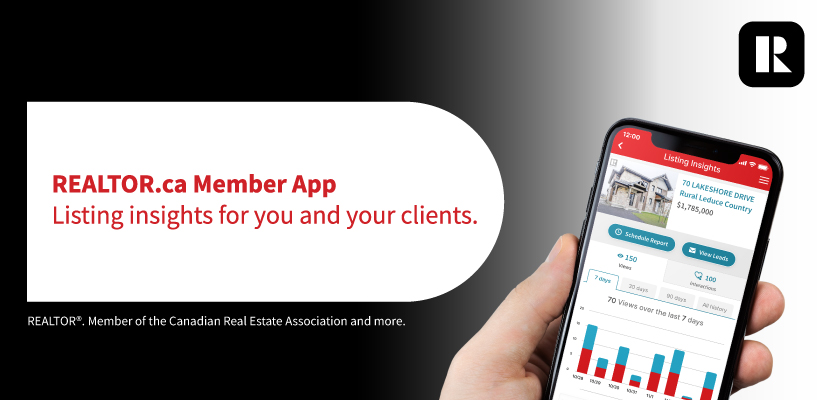Back in 2008, the Baylor University Keller Center published a real estate research paper titled, Lead Generation – What Really Works? The data is still valid today even though methods of seeking and attracting potential clients have changed somewhat. Maybe you’ll recognize some disconnects in your own marketing plan.
The most significant conclusion from the study was that spending on marketing didn’t correlate to the most productive lead generation activities. In fact, the spend/result correlation was inverse.
For some marketing activities, agents were spending more on self-promotion than they were receiving in income. This buys into the idea that people shop for an agent based on the volume of advertising they see in their mailbox. The reality is that the most profitable marketing channel is obtaining referrals to family and friends. This is followed by repeat business. Regardless of how technology changes or makes connecting easier, the basic concept is the same: people do business with people in their network that they like and trust.
Two important subjects arise from their findings. The first is how to get leads and the other is how to manage them. Both activities are time-consuming and require above-average technology skills, which puts them out of reach for the majority of agents. Try to find an individual or company who can spend time on your marketing plan, then have a budget equal to a part-time helper to implement it. This is really the minimum it takes to achieve results if you’re not a DIYer.
A lead in this instance is a referral to a new client from a past client or someone who wants to buy or sell again. Your contact database is a good place to begin farming. Online email marketing programs like Constant Contact or Mailchimp have an import feature. Your franchise may offer email marketing with your dues and these can also import CSV lists. The lists must be “clean,” – they must be formatted so all the first names are in the right column and email addresses are where they should be. This is the most difficult part of setting up a list. It may take five minutes or five hours but it must be done accurately for best results.
Write and email and click/tap send. Wait. You’ll receive statistics within a few hours on who clicked what link, if you have any in your email. Some people may email or text and some may opt-out of your list.
The Keller Center study discovered that the speed at which an agent responds to an inquiry is directly related to the probability that the lead will convert to a client and a sale. Responding to an inquiry within four hours has the highest rate of conversion; waiting a day or two to get back to someone has a much lower rate. The reasons are simple: When someone sends an inquiry from MLS or replies to your email, they are at that very moment looking at listings or thinking about real estate. They’re not driving or cooking dinner; they’re in a real estate frame of mind. It’s a great time to call or text them to start a conversation.
These sites have a lot of sophistication built into them so you can cc people to different lists and send content automatically. They can be time-savers for agents who are interested and have the project management skills to find and direct a helper. If you’re not a techno-wizard, you can still do this sort of prospecting manually, just like cold-calling was done in the ’90s.
The study says that what matters is that you’re staying in contact with past clients and continuously asking for referrals from new clients. It may not be enough to add a byline to your email that says “I like referrals”; you’ll likely need to ask directly.
Although some of the information in the study is a bit dated (references to IVR technology, for example), the main ideas are strong. The most helpful take-away is that agents experience a dissonance between what they think is marketing with good ROI and what is actually working hardest for each dollar spent.
RealtyWebsites.ca is owned and operated by TRES Labs. We are dedicated to serving the real estate industry with innovative programming and website content. Through licensee training, research and customer feedback we have learned the Canadian real estate eco-system from the inside. By understanding the business this way we can innovate, which makes our products better, and that’s good for everyone.

















